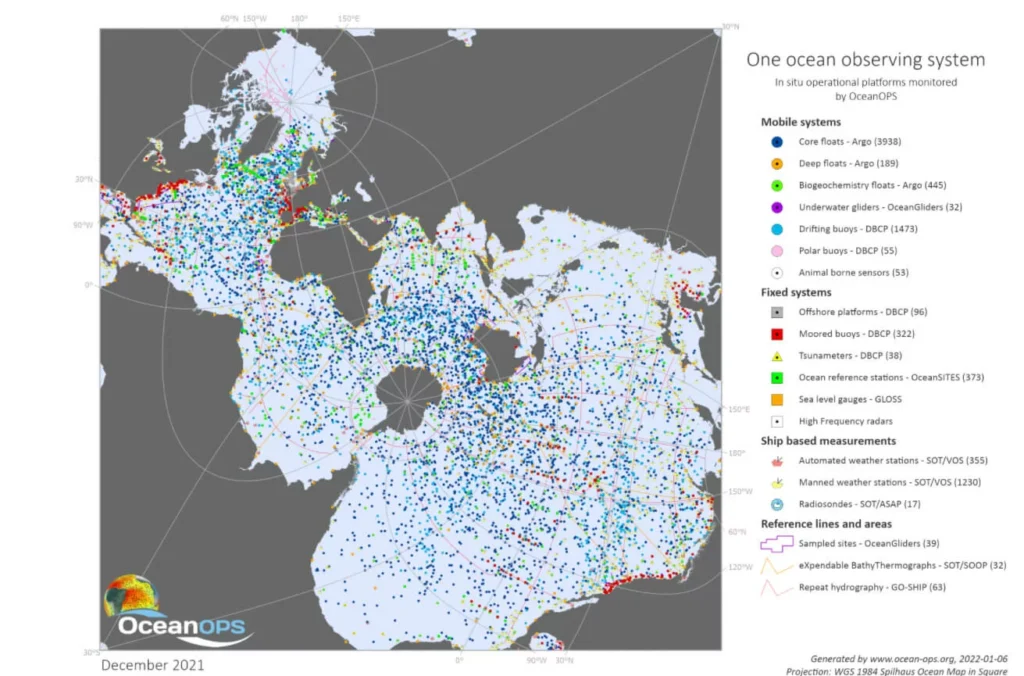In a historic move, 193 nations came together in March 2023 to sign the United Nations (UN) High Seas Treaty, a landmark agreement that aims to protect the ocean and reverse biodiversity loss. The treaty, the first of its kind, establishes a framework for safeguarding the high seas, which make up two-thirds of the world’s ocean and fall beyond national boundaries and governance. The signing of this treaty signifies a growing recognition of the ocean’s importance and the need for its preservation.
UN Secretary-General António Guterres described the treaty as “crucial for addressing the triple threats of climate change, biodiversity loss, and pollution.” It is a significant step toward tackling these global challenges and promoting sustainable development. The ocean plays a vital role in mitigating climate change by generating 50 percent of the world’s oxygen, absorbing 25 percent of carbon dioxide emissions, and capturing 90 percent of excess heat caused by those emissions. Furthermore, it supports marine life and provides nearly 10 million tons of fish annually to feed a growing population.
Despite its immense value, the ocean remains largely unexplored and poorly understood. Until recently, only 6 percent of the Earth’s seafloor had been mapped to a comparable degree as the surface of the Earth, moon, or Mars. This lack of knowledge hampers efforts to protect marine ecosystems effectively. Approximately 91 percent of species in the ocean remain unclassified, highlighting the urgent need for comprehensive research and conservation efforts.
The ocean faces numerous threats, including rising temperatures, pollution, overfishing, and seabed mining. Over the past 30 years, ocean temperatures have increased due to rising concentrations of greenhouse gases, leading to sea-level rise, coastal land loss, and coastal flooding. The acidification of the ocean caused by higher carbon dioxide levels adversely affects marine species and ecosystems. Pollution from debris, including microplastics and abandoned fishing gear, continues to plague the ocean. Unsustainable fishing practices and commercial mining of seabed minerals further endanger marine life and the health of the ocean.
Recognizing the escalating threats to the ocean and its crucial role in sustaining the Earth, the UN declared 2021 to 2030 the United Nations Decade of Ocean Science for Sustainable Development (Ocean Decade). This ambitious plan aims to develop a better understanding of marine ecosystems, inform policy decisions, and promote sustainable management of the ocean. Esri, a leading technology company, is actively involved in several Ocean Decade programs and initiatives.
Esri’s participation in the Seabed 2030 project, a global initiative to map the entire ocean floor by 2030, is helping to expand the area of mapped seabed. Through partnerships and collaborations, Esri promotes the collection of bathymetric data and shares solutions for ocean mapping and data management. The company is also part of the Digital Twins of the Ocean (DITTO) program, which aims to create 3D digital ocean models using AI and specialized tools for marine data analysis.
In addition, Esri is involved in the Deep Ocean Observing Strategy (DOOS), an international organization coordinating the observation, exploration, and modeling of the deep ocean. By providing clear and engaging data visualizations through GIS, Esri helps tell the data stories and facilitates collaboration among scientists and policymakers. Esri’s commitment to ocean science and environmental protection extends to its work with the UN and other organizations, building the geospatial infrastructure necessary for addressing global challenges.
With its active involvement in various Ocean Decade programs, Esri demonstrates its dedication to scientific research, preservation of the ocean, and promoting sustainable practices. Through partnerships, technological advancements, and data-driven solutions, Esri continues to contribute to the understanding and protection of the ocean, ensuring a healthier

